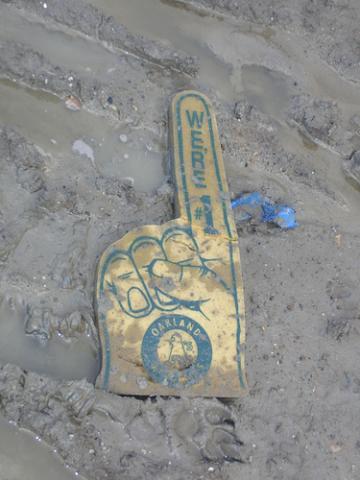King Coal once again takes the crown for title of dirtiest polluter in the land – or in this case, the air. Coal-burning power plants cough up more hazardous air pollutants than any other source of industrial pollution in the U.S., but it doesn’t have to be that way, says a new report from the American Lung Association (ALA). The report, released March 8, anticipates the U.S. Environmental Protection Agency’s (EPA) expected proposal to reign in this kind of noxious air pollution with a new set of rules for electric utilities, which include coal and oil-fired power plants.
Congress passed amendments to the Clean Air Act way back in 1990 to limit the release of these air pollutants, but for twenty years, the electric utility industry has taken advantage of various loopholes and extensions to avoid cleaning up all facilities in the way other industries have been doing so across the country for years.
“It’s time that we end the ‘toxic loophole’ that has allowed coal-burning power plants to operate without any federal limits on emissions of mercury, arsenic, dioxin, acid gases such as hydrogen chloride and other dangerous pollutants,” said ALA president Charles D. Connor in a press release.
The EPA has until March 16 to release new emission requirements for 187 “hazardous” air pollutants. Coal-fired power plants emit 84 of those 187 pollutants at a rate of more than 386,000 tons each year. The ALA report, Toxic Air: The Case for Cleaning Up Coal-Fired Power Plants [PDF], notes that coal facilities don’t only take top dishonors for total industrial air pollution but also for being the largest source of several individual airborne toxins, including mercury and arsenic.
Toxic Air goes on to document the public health and environmental impacts of hazardous emissions from coal-fired power plants, as well as the type of existing technologies facilities could implement today to create significant proven benefits to human and environmental well-being. Predictably, the coal industry accused the report of being “one-sided.” It did not, however, refute the accuracy of claims about coal pollution’s effects on public health.
Some of the report’s key findings [PDF] were that hazardous air pollutants from coal plants:
-
Sicken and kill people. They can cause damage to the eyes, skin, and breathing passages; potentially cause cancer; impair brain function; and cause lung and heart disease. For example, being exposed to fine particulate matter, such as from coal plants, worsens cases of asthma and is a cause of heart attack and associated death.
-
Create a costly economic burden. In 2010 the National Research Council estimated that particulate matter spewed directly from coal power plants racks up an average of $3.7 billion in public health damages every year.
-
Foul soil, water, and other ecosystems. They contaminate lakes, rivers, and oceans and cause acid rain. Toxic metals also accumulate in organisms and travel up the food chain.
-
Produce severe adverse local, regional, and global effects. The high concentration of coal plants in the Midwest and Southeast endangers the health of people living there (at a rate of two to five times greater than those living farther away) because areas closest to the source suffer the brunt of health and environmental impacts from certain acid gas and mercury emissions. At the same time, other types of air toxics, such as uranium and dioxins, are able to sweep across the globe, affecting areas and people hundreds or even thousands of miles away.
-
Can be significantly reduced with existing technologies. When the EPA compared coal plants implementing several modern control technologies with a random sampling of plants, it found hazardous emissions averaged two to five times lower for those utilizing multiple controls.
In sum: Coal air pollution is dirty and plentiful but could be much less dirty and much less plentiful. Once the EPA finalizes these rules for air toxics, the regulations will still take three years to go into effect. Several Senators have voiced their support for the EPA in light of the government spending bill the House of Representatives passed recently which would severely slash the EPA budget this fiscal year and hobble its abilities to execute these types of stricter regulations.
The questions still clouding the political atmosphere, then, are what exactly the EPA will do when it releases new regulations next week and how far Congressional Republicans will go in their quest to curtail the EPA’s powers to protect public health and the environment.
Subscribe to our newsletter
Stay up to date with DeSmog news and alerts






